“Come, Boy, sit down. Sit down and rest.”
Shel Silverstein, The Giving Tree
And the boy did.
And the tree was happy.”
Month: October 2019
Helicopter Tree Trimming

From T&DWorld:
“That’s crazy!” “That will never work.” These were the reactions of most utility personnel when the idea of side trimming trees by suspending a device with ten whirling saw blades under a helicopter was presented to them in 1985. At that time, most side trimming for electric utilities was done by climbing crews or mechanical trimmers working from the ground. Most utility vegetation managers were skeptical this concept would ever work.
From YouTube:
Helicopter to trim trees? Check out this segment on a contractor, unreachable power lines from the most unlikely of places.
Fall Foliage Mapped
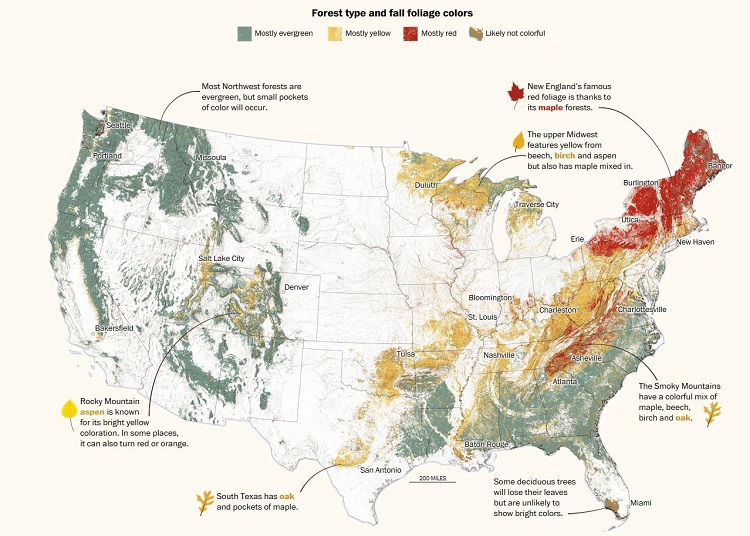
From the Washington Post:
Forested areas in the United States host a variety of tree species. The evergreens shed leaves gradually, as promised in their name. The leaves of deciduous varieties change from green to yellow, orange or red before letting go entirely. Using USDA forest species data, we mapped the thickets of fall colors you may encounter in the densely wooded parts of the country.
700 Year Old Mill
From YouTube:
For 700 years, the Richard de Bas paper mill has produced some of the world’s finest paper. The French constitution is printed on paper from this mill. And artists like Salvador Dalí, Pablo Picasso and Marc Chagall were customers. Emmanuel runs the business today. His great grandfather bought the mill in Ambert, France, during World War II, and it has stayed in the family ever since. It’s one of the last in France where paper is made by hand.
More Than One Way to Slice a Log
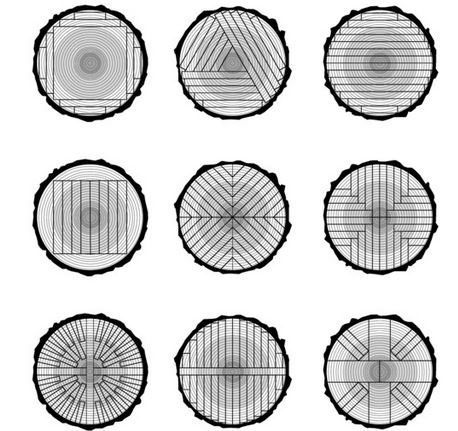
From Arch Daily:
The lumber we use to build is extracted from the trunks of more than 2000 tree species worldwide, each with different densities and humidity levels. In addition to these factors, the way in which the trunk is cut establishes the functionality and final characteristics of each wood section. Let’s review the most-used cuts.
New Patch of Green
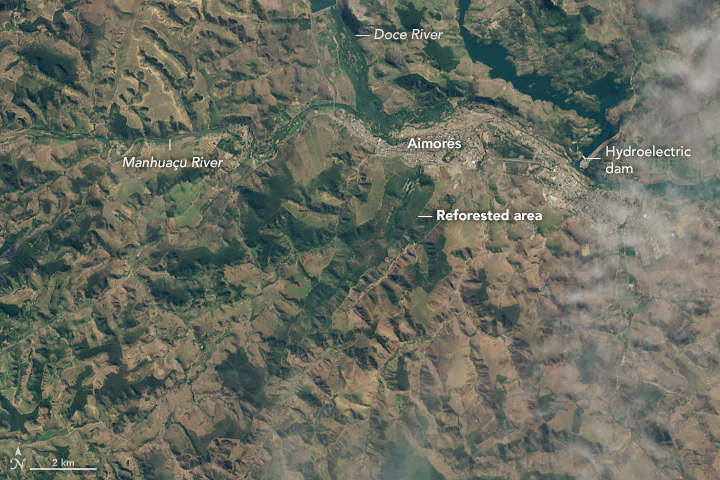
From NASA Earth Observatory:
Several hundred years ago, a wide swath of tropical forest stretched along Brazil’s Atlantic Coast for thousands of miles. Like the Amazon rainforest to its northwest, the Mata Atlântica, or Atlantic Forest, was a hotspot of biodiversity and home to thousands of plant and animals species found nowhere else on Earth.
These days, just slivers of that ancient forest remain. With about three quarters of Brazil’s population living along the Atlantic coast, a fragmented patchwork of undisturbed forest stands alongside a mosaic of farmland, pastureland, cities, and roads. Estimates vary, but satellite-based surveys show that about 10 to 15 percent of the original Atlantic Forest is left.
Lélia and Sebastião set up a non-profit reforestation organization called Instituto Terra and started planting trees in 1999. Twenty years later, the organization has planted more than 4 million seedlings across the 1,754-acre (7-square kilometer) property once known as Bulcão Farm. Eroded, bare hillsides have been replaced by forests, and many of the plant and animal species that had gone missing have returned. Several streams that had gone dry have also started to flow again, according to Instituto Terra.
Logwood
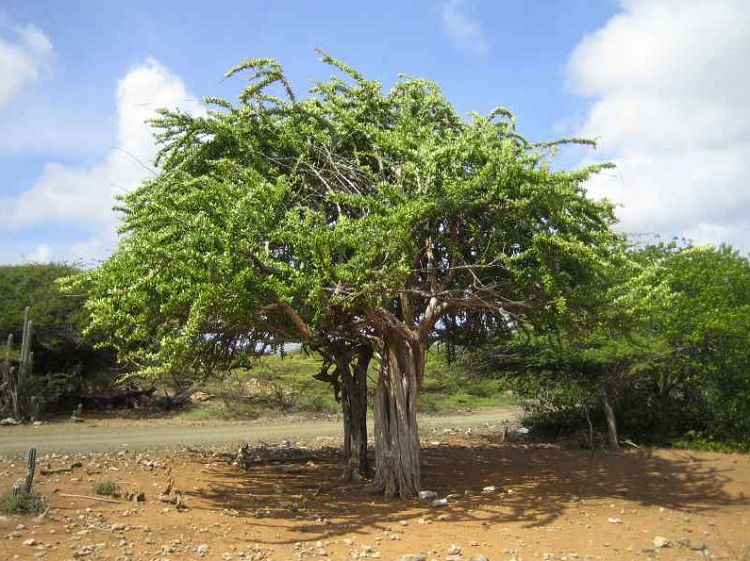
From the University of Michigan Dept. of Pathology:
Every Pathology lab uses the routine Hematoxylin and Eosin (H&E) stain for screening samples in anatomic pathology. It is one of the oldest stains, with some hematoxylin staining protocols dating back over a hundred years. Little do most people know that hematoxylin is a natural product from the legume logwood tree (Haematoxylum campechianum). The history of logwood is a fascinating story as this tree played a surprisingly exciting role in the early history of the New World, where it’s great economic importance helped to build nations and made it a coveted commodity of pirates in the Atlantic.
Rosewood
From The New York Times:
The jungles of Ta Phraya National Park in southeastern Thailand, part of a Unesco world heritage site, are home to sun bears, crocodiles and elephants. But these poachers are not after animal prey. They are hunting for the perfect tree, and when they do find it, they work quickly, chopping it down and slicing it into wooden planks in a matter of hours.
Their target, rosewood, can sell for tens of thousands in China and has earned an infamous nickname: “bloodwood.”
Fall Color
From Daily Overview:
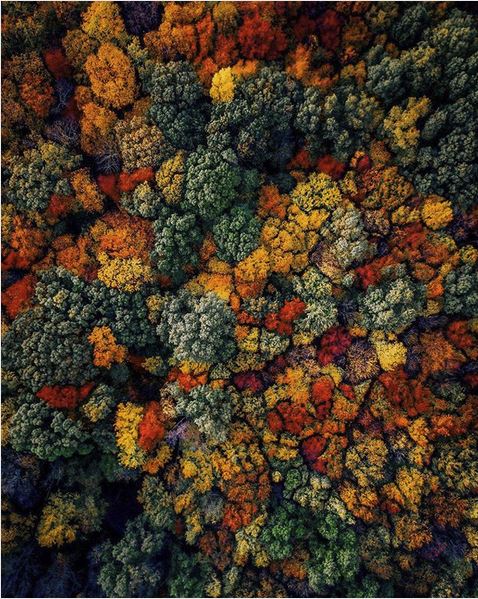
Sasquatch?
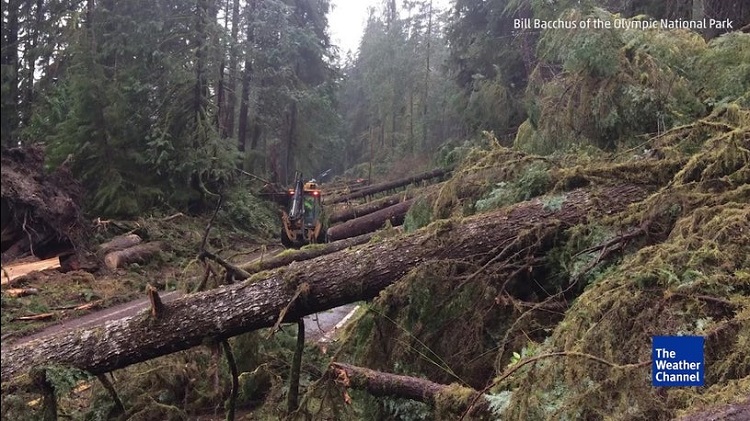
From Weather.com:
More than 100 trees fell in an area on the north side of Lake Quinault on the Olympic Peninsula just after midnight on Jan. 27. Cliff Mass, a Seattle meteorologist and professor of atmospheric sciences at the University of Washington, is trying to figure out why.
According to a two-part post he wrote for his blog, Cliff Mass Weather and Climate, early reports seemed to indicate that a microburst was responsible for the tree fall. Mass became skeptical that winds from a microburst would be sufficient to topple the large trees, particularly since some fell while others were snapped at the base of the tree.